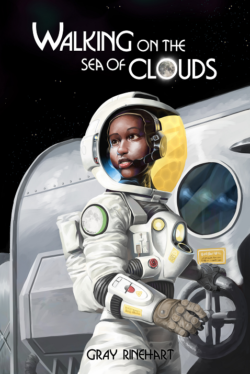If I’d had my wits about me, I would’ve posted this review four days ago, on Alfred Nobel’s birthday.* Since he invented dynamite, of course. But my wits are often everywhere except about me.
Not so with Alethea and her collection of essays, BEAUTY AND DYNAMITE. Her wits never seem to leave her, and the result is delightful.
(Full disclosure: Alethea is a most charming young lady whom I count as a friend as well as a colleague. If you think my review may be biased as a result, I can only say: you may be right. After all, she actually included the gibberish I contributed, giving me probably my only opportunity to be listed in the same table of contents as John Ringo.)
BEAUTY AND DYNAMITE is primarily a collection of Alethea’s essays for Apex Digest, with a smattering of poetry, blog entries, and “How I Met Alethea”-type entries from a few of the many, many friends she has made as a “genre chick.”
I could relate quite well to Alethea’s notes about Orson Scott Card’s Literary Bootcamp, since I went through the bootcamp experience a year after she did. My interview subject wasn’t nearly as interesting as hers: That lady felt free to share her remarkable story with Alethea, no doubt because she knew Alethea would appreciate the story she had to tell. That quality is one thing that makes Alethea such a perfect fit in the publishing world: she appreciates the stories and the act of story-telling itself.
And she tells good stories, even when she’s not the star. She was able, for instance, to shine the spotlight on Sherrilyn Kenyon as she wrote about their time together at a convention, and on the grand dame of science fiction, Andre Norton, as she wrote about visiting her home and library.
Some of the essays, because they deal with more heartache and hurt than happiness, are harder to read than others. But they all share a singular virtue: they express truth as the real world presents it to us, and growth as we deal with the world on our own terms. They are beauty, and they are dynamite.
To order a copy of BEAUTY AND DYNAMITE, visit Apex Books.
___
*Actually, if I’d had my wits about me, I’d have posted this review right after Labor Day. I finished the book while I was at Dragon*Con, after all — holding it up in front of me where a thousand or so people walked by and saw it. Oh, and Alfred Nobel was born October 21, 1833, in Stockholm, Sweden.







